Echinodorus major/ China Amazon (Large pot)
Original price was: ₹150.₹85Current price is: ₹85.
16 in stock
Description
Quantity: Large pot
Origin:
Plant positioning:Â midground
Light requirement: low & Medium
CO2 requirement: Will survive under lower CO2 levels
Plant difficulty level: Easy
Plant Propagation: Plantlets
Echinodorus Major
Common Name: Ruffle Sword
Plant tank hobbyists have long relied on the Ruffle Sword plant. Even in the back or middle of your tank, their tall, thick leaves with ruffled textures are attractive because to their striations. They stand out against red-colored vegetation because of their vivid green colour. They are an excellent choice for novices and are simple to maintain.
Ruffle sword plants require regular pruning because they tend to grow fairly large. They can grow either emersed or submerged, making them excellent plants for tanks of a big size. The majority of the time, they can be seen growing submerged along river banks and streams in their native habitats in Central and South America. These plants can tolerate most lighting conditions in a substrate rich in nutrients, but moderate to high lighting is optimal. Although CO2 infusion is not required, it will help the plant grow more quickly.
Side shoots from the leaves of ruffle sword plants can be cut off and planted again into the substrate. You can prune the side shoots and older leaves from your Ruffle Sword plant to limit its size.
Cultivation
By nature, echinodorus are bog and marsh plants that can withstand submersion. Aquariums are used to grow numerous species. They prefer bright light and thrive on a rich, deep substrate of nutrients. While the majority require temperatures in the tropical or sub-tropical ranges, the majority will still thrive in a variety of water conditions. Division or the emergence of accidental new plants on submerged blooming stems are the two methods of propagation. Division or the emergence of accidental new plants on submerged blooming stems are the two methods of propagation. Despite the fact that they may develop aerial leaves under ideal conditions, the larger species make wonderful exhibit plants for the larger tank. Inflorescences that form submerged will produce little plantlets rather than flowers. Flowers and seeds should produce easily if cultivated submerged and maintained humid. The seeds can thrive in warm, humid environments in damp sand. Strong growth frequently benefits from additional CO2.
Requirements
Aquatic plants of the genus Echinodorus are extremely hardy. Due to their extensive root feeding, the majority of Echinodorus require nutrient-rich soil to flourish. Echinodorus are better suited for bigger planted aquariums since they grow fairly large. Don’t alter the aquarium significantly. The aquarium plant will melt and rot due to unstable settings.
Please remember to take this plant out of its container. Take out the cotton that is covering the roots, then plant them in a good substrate. Click here for information on how to prepare “potted” aquarium plants properly. CO2 infusion will promote better growth.
Origin Central/South America
Height 12-24”
pH 6.5-7.5
Care Easy
Light Moderate
Co2 Not necessary
Propagation Adventitious shoots
Growth rate Medium
Only logged in customers who have purchased this product may leave a review.

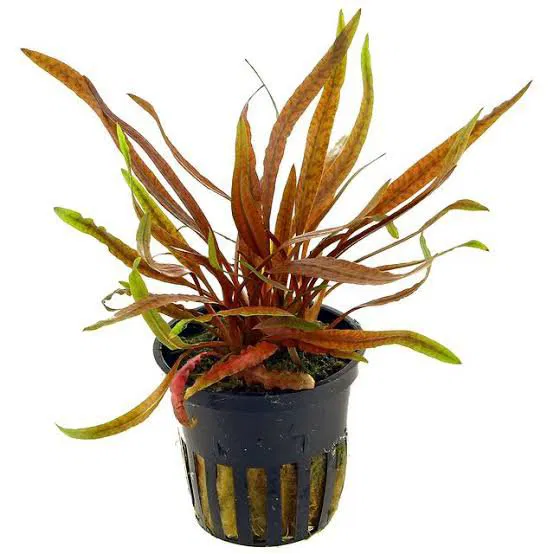
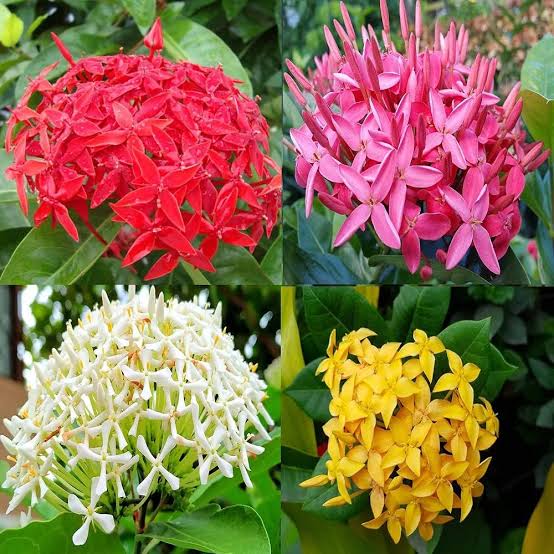

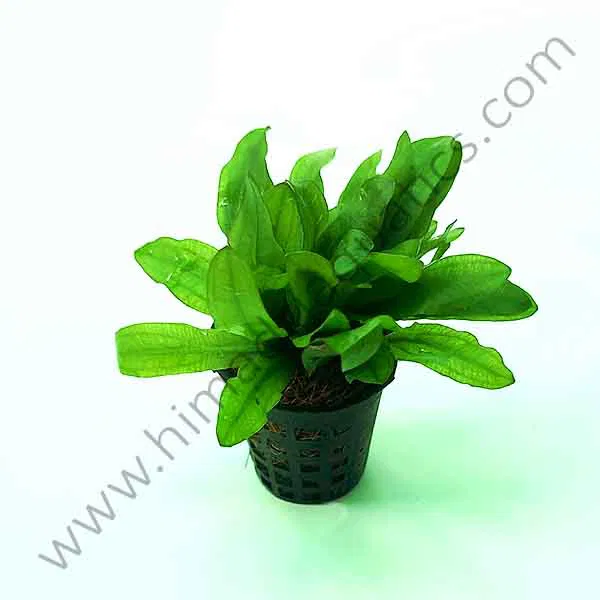
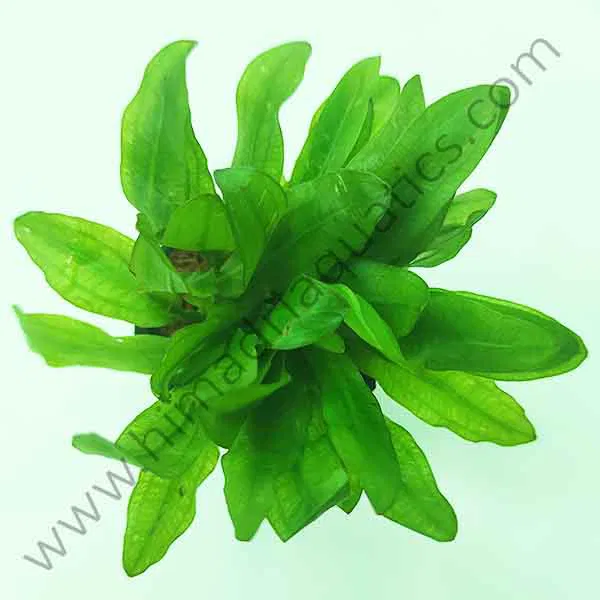
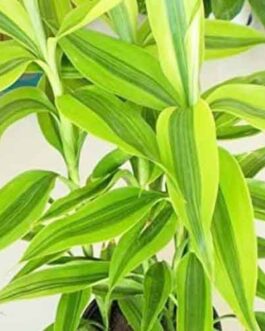
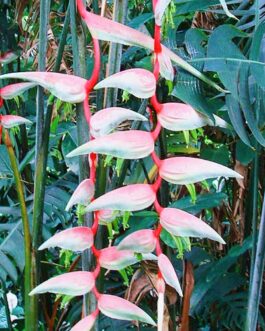
Reviews
There are no reviews yet.